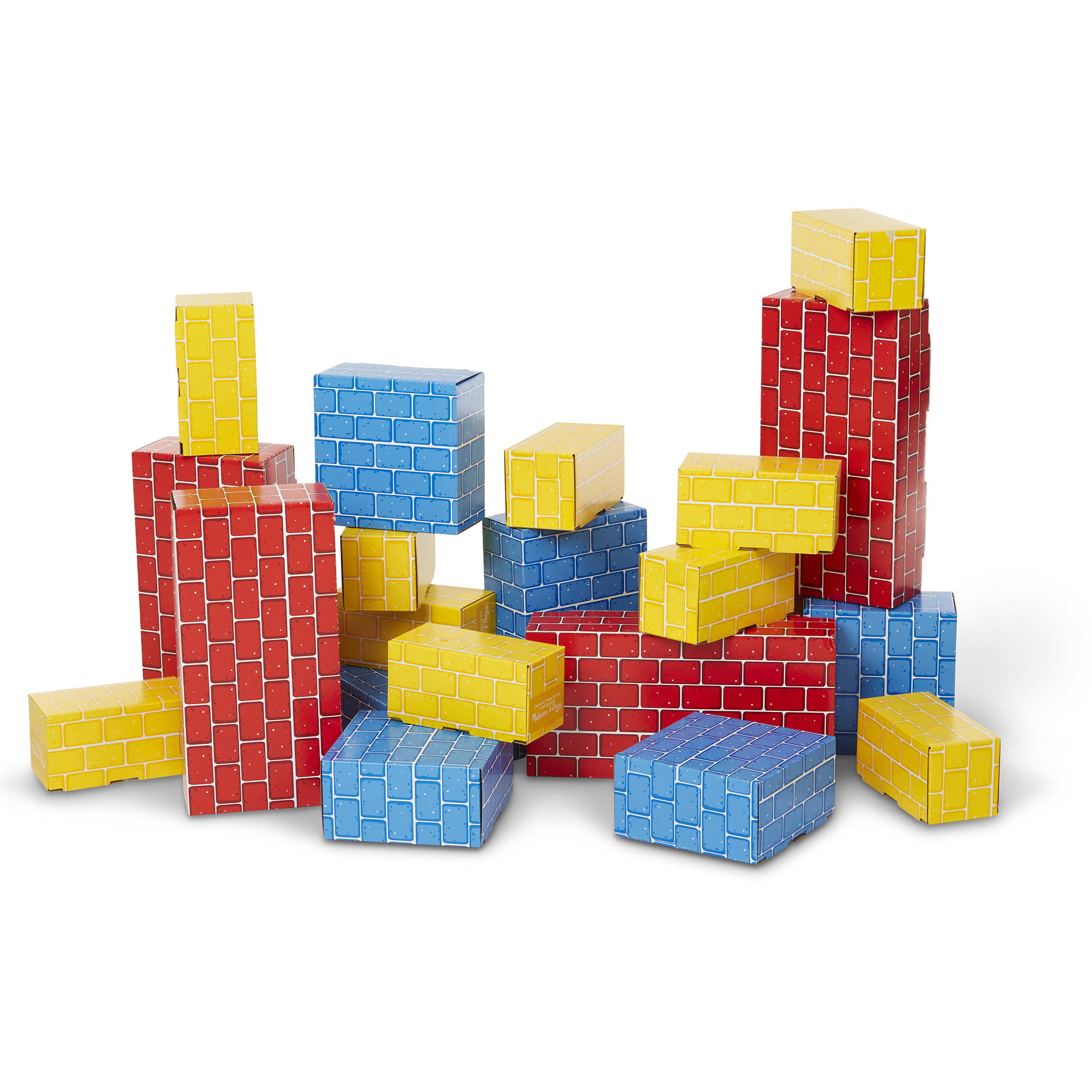

#BUILDING BLOCS MOVIE#
It is the basis of systems such as Netflix’s movie recommendations, cybersecurity programs that employ anomaly detection, and standard regression models for predicting customer churn, given previous churn data. While machine learning is an element in other building blocks, such as machine vision and NLP, it is also a building block in its own right. Learning from data is essentially machine learning-the ability to predict values or classify information on the basis of historic data. (Using data from the Wikipedia entry for Angela Merkel, such a graph can tag Merkel as a woman, the chancellor of Germany, and someone who has met Donald Trump.) It also might involve semantic reasoning-for example, determining that Trump is president of the US from the sentence “Trump is the Merkel of the US.” Despite the rapid growth of knowledge databases, this type of learning based on reasoning is likely to remain rudimentary for the next few years. Closely related to NLP, this building block involves searching billions of documents or constructing rudimentary knowledge graphs that identify relationships in text. Information processing covers all methods of search, knowledge extraction, and unstructured text processing for the purpose of providing answers to queries.
#BUILDING BLOCS FULL#
NLP is likely to improve significantly over the next several years, but a full understanding of complex texts remains one of the holy grails of artificial intelligence.

For example, chatbots attempt to categorize callers based on what they perceive to be the callers’ intention. Today, NLP can provide basic summaries of text and, in some instances, infer intent. This capability recognizes spam, fake news, and even sentiments such as happiness, sadness, and aggression.

Natural-language processing is the parsing and semantic interpretation of text. We are still a few years away from producing a virtual assistant that can take accurate notes in noisy environments with many people speaking at the same time. As vocabulary becomes more specific, tailored programs such as Nuance’s PowerScribe for radiologists become necessary. In a relatively quiet environment, such applications as Siri and Alexa can identify most words in a general vocabulary. Speech recognition involves the transformation of auditory signals into text. Within the next five years, video-based computer vision will be able to recognize actions and predict motion-for example, in surveillance systems.

The simplest way for machines to start learning is through access to this labeled data. The quality of machine vision depends on human labeling of a large quantity of reference images. Optical character recognition was an early success of machine vision, but deciphering handwritten text remains a work in progress. Machine vision is the classification and tracking of real-world objects based on visual, x-ray, laser, or other signals.


 0 kommentar(er)
0 kommentar(er)
